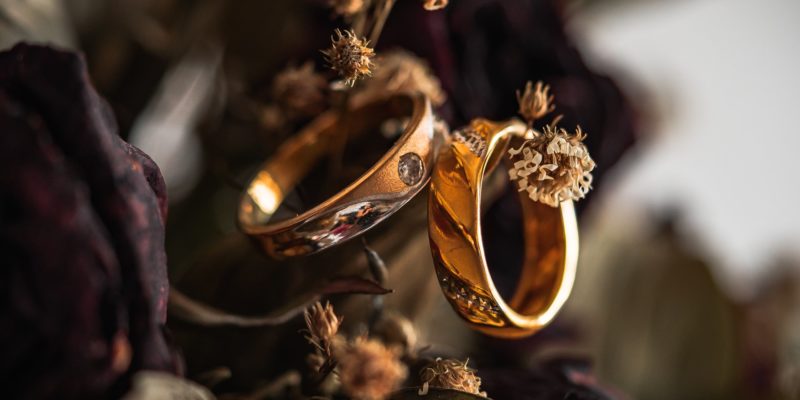Gold comes naturally in a bright yellow colour. Nonetheless, white and rose gold are also generated. Another colour sometimes generated is champagne gold, but the three primary and standard colours are yellow, white and rose gold. The yellow gold is the purest. It is 99.9 fine gold, so when gold jewellery is very bright in its yellowish colour, you can identify it as pure gold.
All other colours generated from the pure 24k yellow gold are obtained by adding some metals or alloys. At the point of production, miners and jewellers can decide what colour to produce based on their demands and need. To get a more relaxed yellow, copper and zinc are added. This is also yellow gold but a moderated shade which reduces it to the 18k gold. The purest form of gold can only be in very bright yellow, while other colours explain that it has been mixed with other metals or alloys. It must be noted that they are also of good quality, depending on the amount of gold present. When gold is mixed with other metals, it automatically reduces the purity of gold, but it increases its durability.
On the other hand, white gold that looks like platinum is sometimes confused for platinum. If not looked at carefully or for someone who is an amateur regarding gold, there is the chance of picking up a platinum jewel instead of a white gold jewel. White gold is made up of silver, palladium and nickel. These other metals give it its white kind of colour. The rose gold is gotten from gold, copper and silver. These two other metals give it its pink hue.
Can Yellow Gold Turn Black?
As long as the gold is mixed, it has the risk of turning black. Most shockingly, even if it is not mixed, there is still a risk of turning black! How and why? Whether your jewellery is pure or plated, when particular jewellery is worn on the part of the body for a very long time, it leaves a mark. Taking a neckpiece, for example, if it is worn every day and used underwater, with soap etc., some chemicals or compounds from the soaps and water will begin to make it acidic. It begins to react on this part of the skin, giving it discolouration.
The 24k or even 22k will not hold up well under daily use because they are soft and not durable for such rigorous use, so if your gold is maintained well and is taken off your body from time to time, especially after every day’s activities – if it is pure enough to work every day and at least 10k, it wouldn’t make any mark. Your yellow gold will only turn black if it is worn permanently on a body part.
How To Prevent Your Skin From Turning Black
You can make your yellow gold not turn black so quickly because turning black has nothing to do majorly with the karat of gold. Proper maintenance is all that is needed to save your skin from getting discoloured. Your pure or gold plated item is good, especially if it’s coming from a trusted store like Goldgenie.
Read More
Does 18k Gold Plated Turn Your Skin Green?

Comments